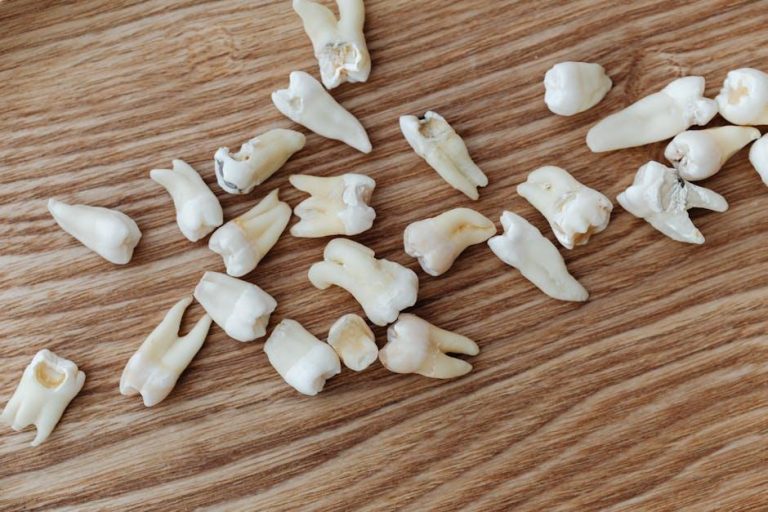
2020 to 2022 Saw Nearly 2 Million Annual Emergency Room Visits for Dental Issues – U.S. News & World Report
From 2020 to 2022, the United States witnessed a significant surge in emergency room (ER) visits due to dental problems, with almost 2 million Americans seeking urgent dental care annually. According to reports by U.S. News & World Report, this alarming trend highlights widespread issues surrounding access to dental care, preventive health measures, and the overall impact of dental emergencies on the healthcare system.
The Growing Problem of Dental ER Visits
Emergency rooms are designed for immediate medical emergencies, yet dental issues often drive significant patient visits to these facilities. Dental problems such as severe toothaches, infections, trauma, and abscesses push individuals to seek emergency care when routine dental services are unavailable or unaffordable.
Several key factors contribute to this rise:
- Limited Access to Routine Dental Care: Many Americans lack dental insurance or cannot afford regular dental check-ups, leading to untreated issues that escalate over time.
- COVID-19 Pandemic Impact: Disruptions in dental office operations during the pandemic caused delays, worsening oral health conditions among patients.
- Awareness and Education Gaps: A lack of public knowledge about proper oral hygiene contributes to preventable dental emergencies.
Key Statistics on Emergency Dental Visits (2020 – 2022)
| Year | Estimated Annual ER Visits for Dental Issues | Percentage Increase from Previous Year |
|---|---|---|
| 2020 | 1.85 million | – |
| 2021 | 1.92 million | +3.8% |
| 2022 | 1.98 million | +3.1% |
Data from health agencies show a steady increase in ER dental visits year-over-year, maintaining a troubling upward trajectory.
Common Dental Emergencies Leading to ER Visits
Understanding the most frequent dental emergencies can help identify when an ER visit is truly necessary versus when prompt dental office care suffices.
- Severe Toothache: Intense pain that disrupts daily activities and sleep.
- Dental Abscess: Infection around the tooth roots or gums, often causing swelling and fever.
- Trauma or Injury: Cracked, chipped, or knocked-out teeth due to accidents or sports injuries.
- Broken or Lost Fillings/Crowns: Causes discomfort and exposes tooth sensitivity.
- Oral Bleeding or Swelling: Resulting from infection or injury.
Benefits of Proper Dental Care and Early Intervention
Preventive dental care remains the most effective way to reduce emergency dental visits. Regular check-ups, early symptom reporting, and access to affordable dental care can significantly minimize dental health emergencies. Benefits include:
- Early detection of cavities and gum disease
- Reduced risk of infections and pain
- Lower overall healthcare costs
- Improved quality of life and well-being
Practical Tips to Avoid Dental ER Visits
- Maintain Proper Oral Hygiene: Brush at least twice a day, floss daily, and use mouthwash.
- Schedule Regular Dental Check-Ups: Visit your dentist every 6 months even if no problems are apparent.
- Address Dental Issues Promptly: Don’t delay treatment for tooth pain, sensitivity, or gum issues.
- Wear Protective Gear: Use mouthguards during sports or physical activities to avoid trauma.
- Avoid Harmful Habits: Limit sugary foods, refrain from tobacco use, and avoid chewing hard objects.
Case Study: Impact of Dental ER Visits on Healthcare Resources
In a major metropolitan hospital, over 10% of all ER visits in 2021 were linked to dental complaints. These visits often led to temporary fixes such as pain management or antibiotics rather than definitive dental treatment, as emergency departments are not equipped for comprehensive dental care. This creates:
- Increased burden on emergency healthcare staff and facilities
- Higher healthcare costs for both patients and hospital systems
- Delayed resolution of dental problems, leading to chronic complications
This case underscores the importance of improving dental health access and public education to reduce non-emergency ER visits.
First-Hand Experience: When Dental Pain Led to an ER Visit
Jane, a 34-year-old professional, shared her story: “I ignored mild tooth pain for months due to busy work schedules and no dental insurance. One weekend, the pain became unbearable, and I ended up at the ER. While they gave me painkillers and antibiotics, I had to wait weeks for proper dental care. It was a stressful experience I hope others can avoid.”
Jane’s experience reflects the nationwide challenge affecting millions annually.
Conclusion
Between 2020 and 2022, nearly 2 million Americans annually turned to emergency rooms for dental issues, highlighting critical gaps in dental care accessibility and preventive practices. Addressing this healthcare challenge requires collective efforts—from improving dental insurance coverage to educating the public on oral health maintenance. By adopting proactive dental care habits and ensuring timely treatment, individuals can significantly reduce the risk of painful and costly emergency visits.
Stay informed, take care of your teeth, and prioritize regular dental visits to keep emergency dental problems at bay.
For more expert insights and updates on dental health, follow U.S. News & World Report Dental Health.


